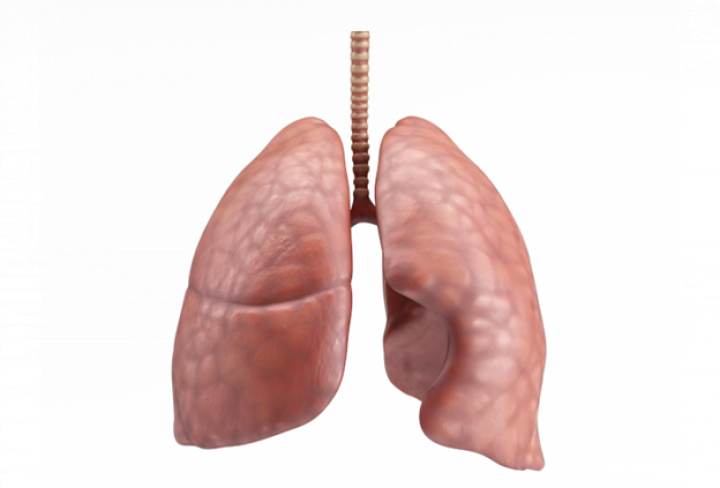Pulmonary Fibrosis is a disease that affects the lungs, making them stiff and scarred. This can make it difficult for a person to breathe. Raising awareness and understanding of this condition is crucial for early detection and management. In this blog, we aim to educate you about the symptoms, pulmonary fibrosis treatment options, and ways to manage life with this condition. Learning about these aspects can greatly help in improving the quality of life for those affected by this disease.
Exploring Pulmonary Fibrosis: Causes, Symptoms, and Diagnosis
Pulmonary Fibrosis is a condition where the lung tissue gets thickened and stiff. This can lead to serious breathing problems. The thickening tissue is like a scar that makes it hard for the lungs to work well.
Sometimes, the cause of pulmonary fibrosis is unknown. This type is known as idiopathic pulmonary fibrosis or IPF. For some, it may be due to genetics, meaning it runs in the family. Other times, factors such as pollution, inhaling dust, or exposure at the workplace may contribute to the disease. Even pulmonary fibrosis in non-smokers can happen, showing that smoking isn’t always a factor.
Common pulmonary fibrosis symptoms include: – Difficulty in breathing – A chronic cough – Feeling very tired – Loss of weight
These symptoms can creep up gradually or progress quickly. Detecting these early signs can be a game-changer.
For pulmonary fibrosis diagnosis, doctors might use tests like chest X-rays, breathing tests, and even a biopsy from the lung. This will help them figure out if it’s pulmonary fibrosis vs asthma or another condition.
Navigating Pulmonary Fibrosis Treatment: Integrating Traditional and Alternative Medicine
Getting a pulmonary fibrosis diagnosis early is key to managing the condition. With an early diagnosis, the treatment outcomes are usually better. There are several pulmonary fibrosis treatment options available that can help control symptoms and prevent the disease from getting worse.
Several medications can help: – Antifibrotic medications that slow down lung damage – Corticosteroids to reduce inflammation in the lungs
Lifestyle changes can greatly aid those with pulmonary fibrosis. Simple steps like exercising regularly, eating healthy, and stopping smoking can make a difference. Also, being mindful of pollution and avoiding strong odors can be helpful.
Pulmonary rehabilitation is another effective approach. This is like a special exercise program for the lungs, helping patients learn to breathe better.
For severe cases, advanced treatments might be needed: – Lung transplants can be an option, though it’s not for everyone. – Palliative care focuses on improving the comfort and quality of life when dealing with chronic diseases.
These approaches don’t aim to cure but aim to improve overall well-being.
A Holistic Approach to Living with Pulmonary Fibrosis: Improving Quality of Life
Living with pulmonary fibrosis can be challenging, but there are many ways to handle the symptoms and improve the quality of life. Learning how to manage symptoms like breathlessness and cough can make everyday tasks easier.
Here are some strategies to think about: – Practice breathing exercises: Simple breathing techniques can help control shortness of breath. – Keep active: Gentle physical activity can boost lung function and energy. – Manage anxiety and depression: Talking to a counselor or support group can help deal with emotional challenges.
Palliative care can play a significant role. This care focuses not on curing, but on making the person feel as comfortable as possible. It’s about managing symptoms and offering support in the toughest times.
Keeping an active lifestyle may sound tough, but doing small, manageable activities can maintain lung function and overall health. Remember, reaching out to family, friends, or even support groups can provide the emotional backing that’s sometimes needed.
Overall, it’s vital to seek medical guidance. Consulting with doctors and specialists ensures that someone living with pulmonary fibrosis has the tools and support needed for better living. This encouragement and support can truly change lives, allowing people with this condition to live more fulfilling, healthier lives.

